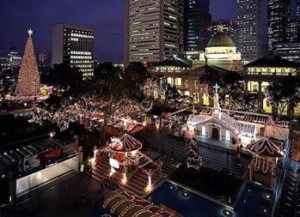

The Star, Malaysia
As he traces the Armenian exploits in Asia, Andrew Sheng feels welcoming talents from small countries and giving them space to weave their webs can impact a host greatly.
What is the connection between Hong Kong, Yangon, Singapore, Penang, Surabaya, Calcutta and Shell Oil? Answer: The Armenian connection.
In fact, there are Armenian Streets in Singapore, Penang, New Delhi, Kolkata, Chennai (Madras) and Dhakka (Bangladesh). Armenian Street in Penang is today also called the street of harmony, because there are Muslim mosques, Chinese temples and Indian temples all in the same vicinity. An odd fact of history is that three Armenian churches have been built on No. 2, Armenian Street in Calcutta, Dacca and Madras. Is that a coincidence?
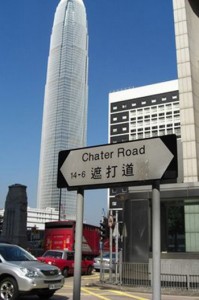

My thought for today was inspired by my good friend Bernard Chan’s reference to Hong Kong street names, particularly Chater Road. Having worked in Chater House, I had not realized that Sir Catchick Paul Chater was born of Armenian parents in Calcutta in 1846 and became a successful businessman in Hong Kong, having co-founded Hongkong Land with the Keswicks and also a steward at the Hong Kong Jockey Club.
Armenians are probably the largest diaspora in the world in relative terms, as there are 11 million Armenians with 3 million living in Armenia, compared with 13 million Jewish population worldwide, of which 5.7 million reside in Israel.
Armenians in the Far East came via India, mostly as merchants, the most famous being Thomas Cana, a rich merchant arriving in Kerala in 780 AD. The earliest reference to an Armenian in the Far East is the gravestone of Jacob Shameer in Malacca, born in New Julfa, Isfahan, Persia who died on Jan 3, 1746.
In the 17th and 18th century, Armenians were already important traders of Indian goods for the Russian and Italian markets. Based from their foothold of Surat in India, they began the China trade, noting in 1783 that they lost lots of money in a ship from China because of the Anglo-French war.
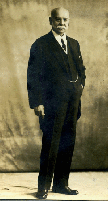 In 1797, there is a letter describing Armenian trading from Madras to Penang, but sailing to Malacca, where they were attacked by three French frigates and lost all their possessions. But they lived to trade another day.
In 1797, there is a letter describing Armenian trading from Madras to Penang, but sailing to Malacca, where they were attacked by three French frigates and lost all their possessions. But they lived to trade another day.
There is no doubt that Armenian entrepreneurs played an important mercantile role in British colonial history in the Far East. Singapore was founded by Sir Thomas Raffles in 1819. By 1835, the small Armenian community in Singapore had grown prosperous enough to build the Armenian Church of Saint Gregory, the second Christian church to be built in Singapore.
Anyone who has travelled in the Far East would have stayed in the chain of hotels that the Armenian Sarkies brothers (Martin, Arshak, Aviet and Tigran) founded in the key commercial cities the Eastern & Oriental Hotel in Penang (1885), the Strand Hotel in Yangon (1896), the Raffles Hotel in Singapore (1899) and the Majapahit Hotel in Surabaya (1910). At one time, the Sarkies family also owned the Adelphi Hotel in Singapore.
In addition to the church and Raffles Hotel, the Armenian contribution to Singapore included the founding of the newspaper, Straits Times by Catchick Moses in 1845 and the orchid Vanda Miss Joaquim, named after Agnes Joaquim, which is today the national flower of Singapore.
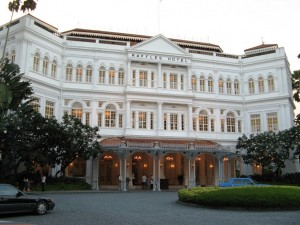

The Royal Dutch Shell plc, today the second largest energy company in the world, was created in 1907 from the merger of the Royal Dutch Petroleum Company (1890) and the British Shell Transport and Trading Company, founded by the Samuel brothers in 1897. From its earliest days, the history of oil was dominated by global giants.
Shell was formed mainly in the face of competition from the rise of the Rockefeller owned Standard Oil, which was broken up in 1911 and its successors became today’s ExxonMobil, Chevron, Amoco and ConocoPhillips. Royal Dutch Shell made the first oil discovery in East Sumatra where production began in 1885.
Few people realised that it was the Armenian oil trader Calouste Sarkis Gulbenkian (1869-1955) who arranged the merger between the two companies. During his time, he was probably one of the wealthiest men in the world, starting in the Russian oil industry and being one of the first to explore oil in Iraq, then part of the Ottoman empire, through the consortium Turkish Petroleum Company.
Even though he was reputedly offered sole ownership of the Iraqi oil concession, he believed in partnership with those European companies which had the ability and capacity to develop the oil fields. He was famous for being Mr 5%, retaining 5% of all his deals, which included the Shell merger.
Most people remember him for the Museum Gulbenkian in Lisbon, which houses his wonderful collection of art. The Museum is a treasure house full of choice pieces from the whole range of art from Mesopotamia, Eastern Islamic and a stunning collection of Lalique crystal pieces.
Fans of modern Lalique should go to Lisbon just to see what was possible when the artist Rene Lalique (1860-1945) was at the height of his creative powers. There is a whole room in the Gulbenkian museum dedicated to his glass and jewelry pieces that are a must to visit when you go to Lisbon.
When you realise that such a small community of immigrants from a small country in West Asia can make such a footprint in history in the rest of Asia, you begin to understand the importance and opportunities of globalisation.
Globalisation is not about quantity, but the quality of interconnection between different parts of the world. Small communities of traders have made possible the trading of goods and services around the world, even in the days when communication was difficult. Indeed, their foresight and ability to see opportunities and to create partnerships and mergers of new enterprise in new fields is their hallmark of success.
These communities thrived on knowledge, research and innovation.
The footprints of Armenian traders and investors, past and present, suggest to us that talented people from small countries have a lot to offer the rest of the world. It is no wonder that cities that welcomed and allowed these communities to flourish became themselves the centres of trading and commerce in Asia, especially Hong Kong and Singapore.
Andrew Sheng is author of the book, From Asian to Global Financial Crisis.


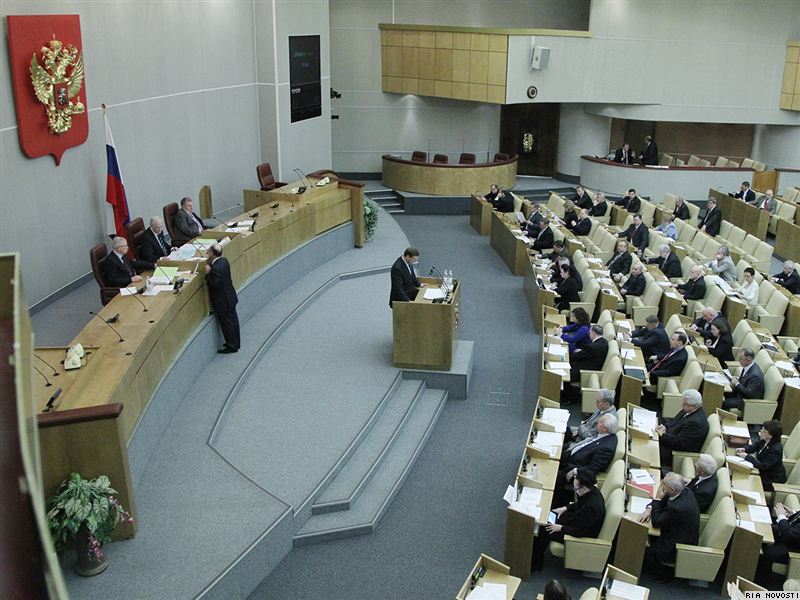

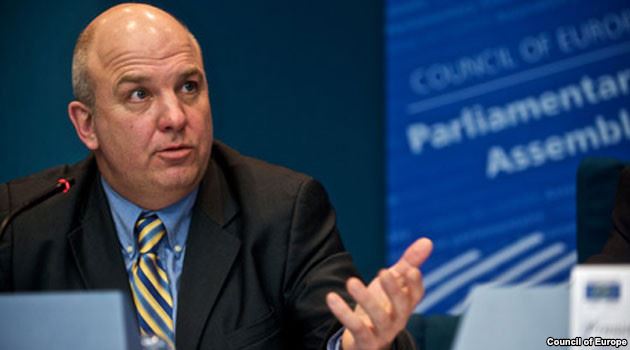



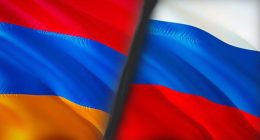
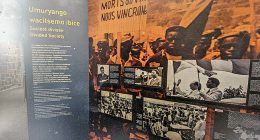
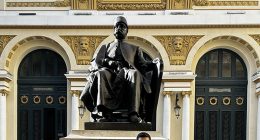
1 comment
thanx alot Mr sheng …
very interesting article 🙂